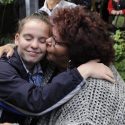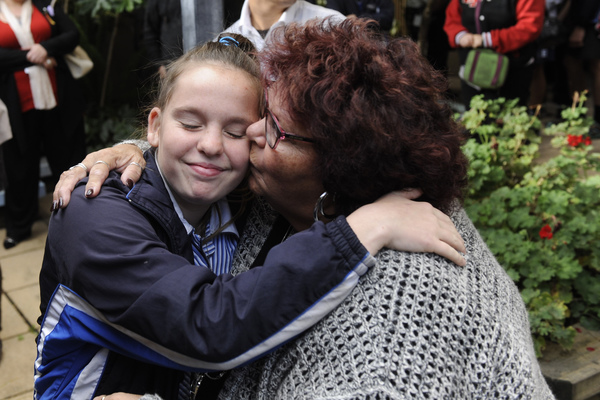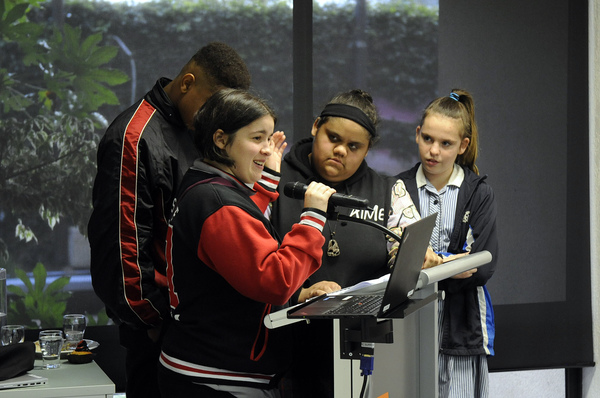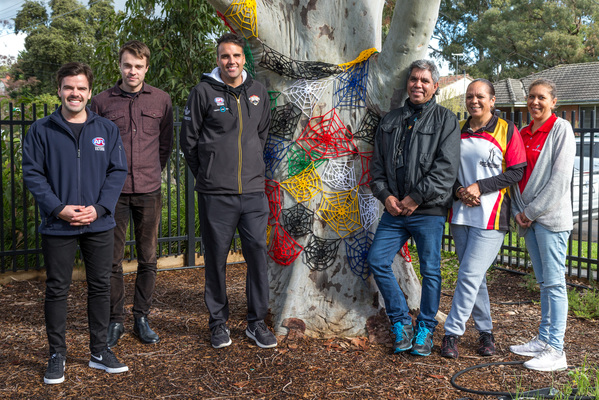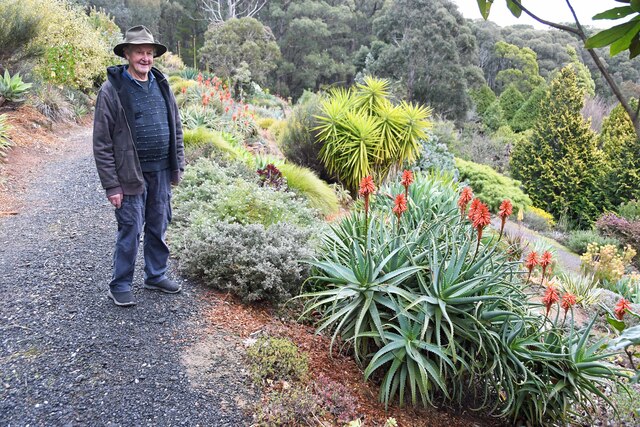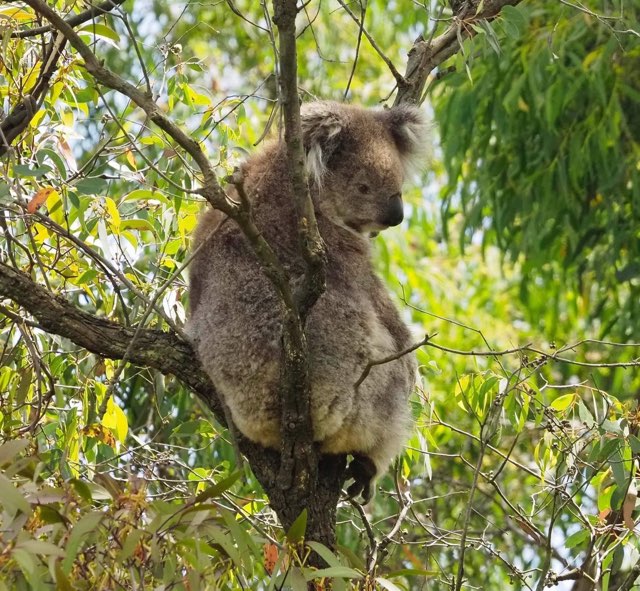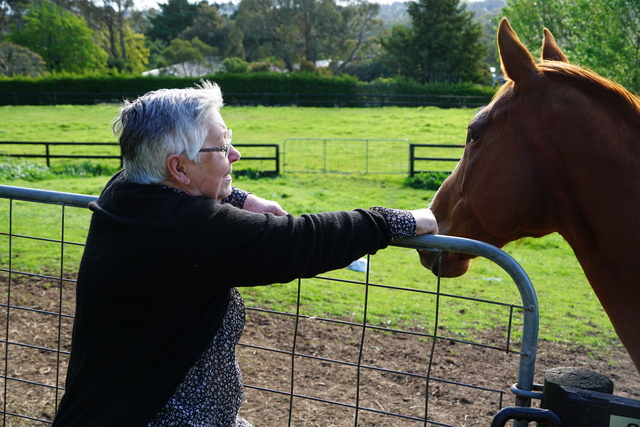By Victoria Stone-Meadows
Casey City Council held a number of events to mark National Reconciliation Week across the municipality, with local Indigenous Elders as well as young first peoples generations.
A flag-raising ceremony was held on Monday 29 May at the Casey Council Offices, where the Indigenous flag was raised above the council building as a mark of recognition and respect.
Indigenous students from Hampton Park Secondary College also delivered a speech about what reconciliation means to them and what it is like living as a young Indigenous person in Casey.
Council also hosted a session at the Casey Aboriginal Gathering Place in Doveton on Tuesday, 30 May to celebrate the local Indigenous history and to pause for reflection and remembrance of local Indigenous peoples.
2017 National Reconciliation Week ran from 27 May to 3 June and marked 50 years since the 1967 referendum, and 25 years since the historic Mabo decision.
In the 1967 referendum more than 90 per cent of Australians voted to amend the constitution to include Aboriginal people in the census and allow the Commonwealth to create laws for them.
The Mabo decision saw six of the seven High Court judges uphold a claim that the lands of this continent were not terra nullius or ‘land belonging to no-one’ when European settlement occurred.
Following the Mabo decision in 1992, the way was opened for claims by Aboriginal and Torres Strait Islander peoples to their traditional rights to land and compensation.
The City of Casey sits on the traditional land of the Bunurong and Wurundjeri People and has the highest number of indigenous residents of any council in metropolitan Melbourne.
In the 2011 Census, Casey Council recorded 1455 residents from Aboriginal or Torres Strait Islander background, with 45 per cent of these residents between 0-17 years of age.

